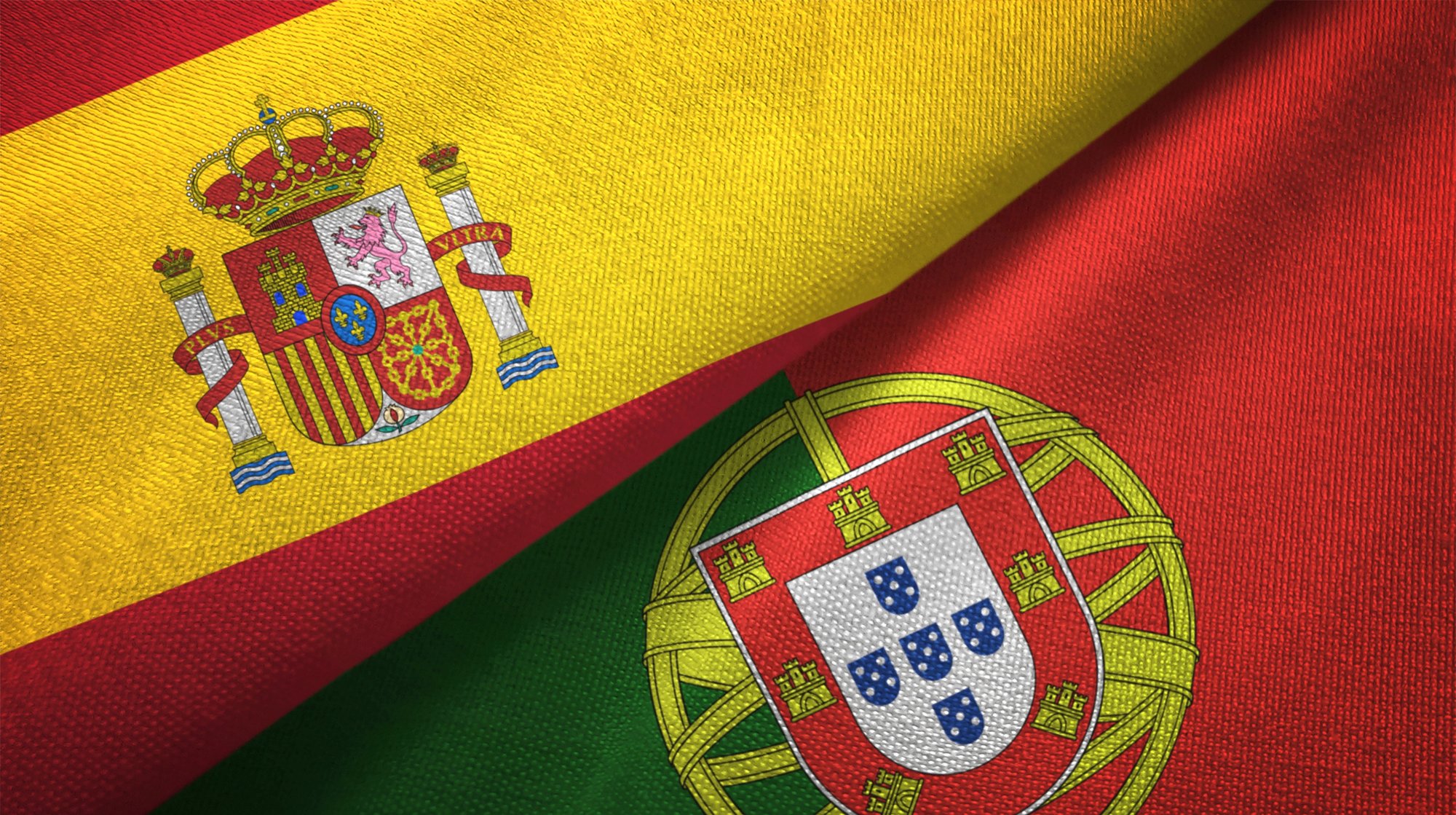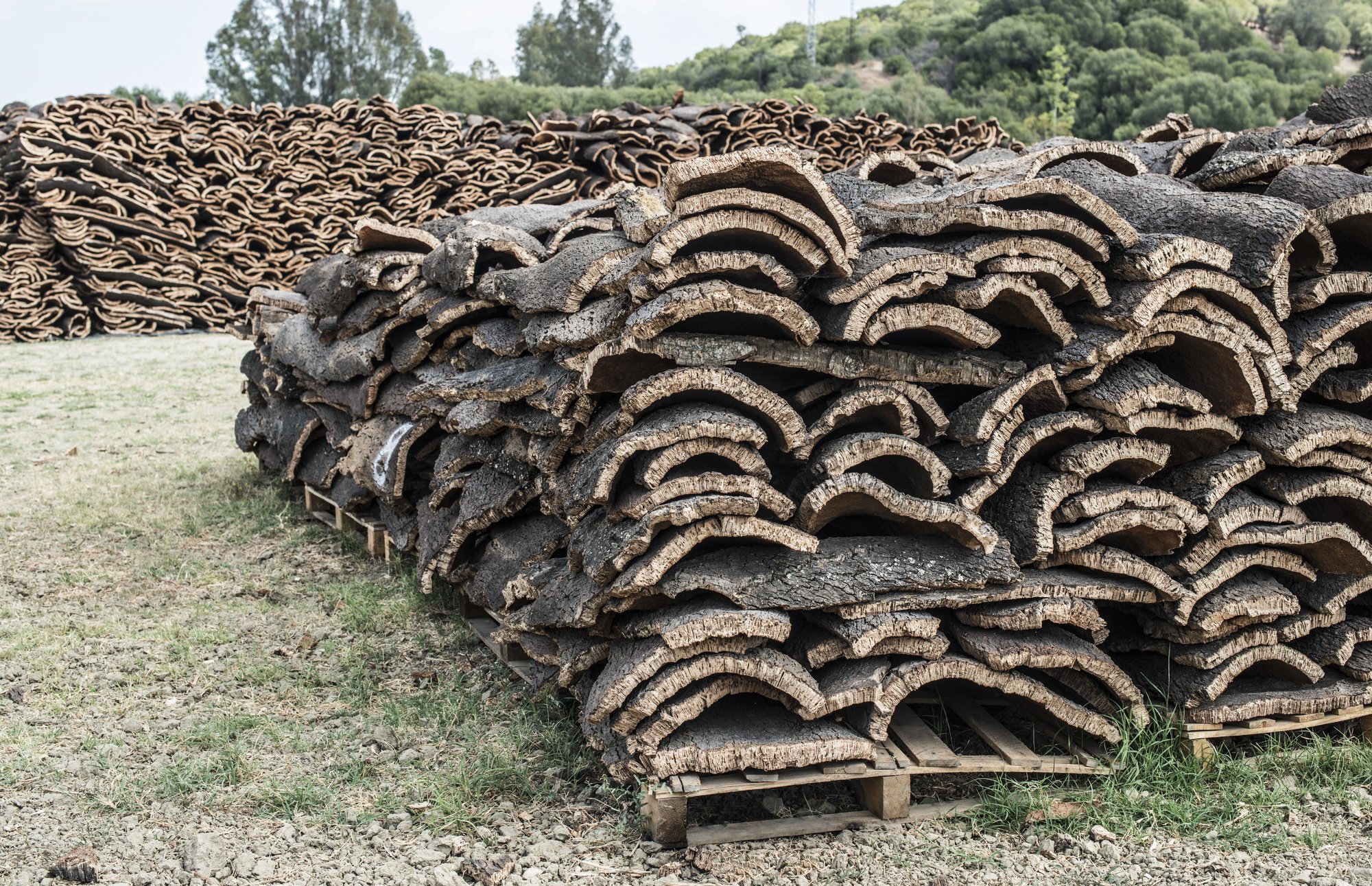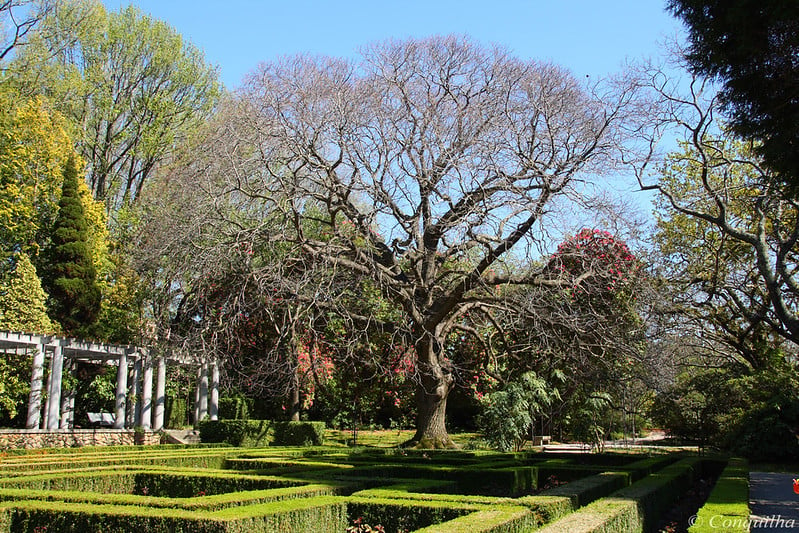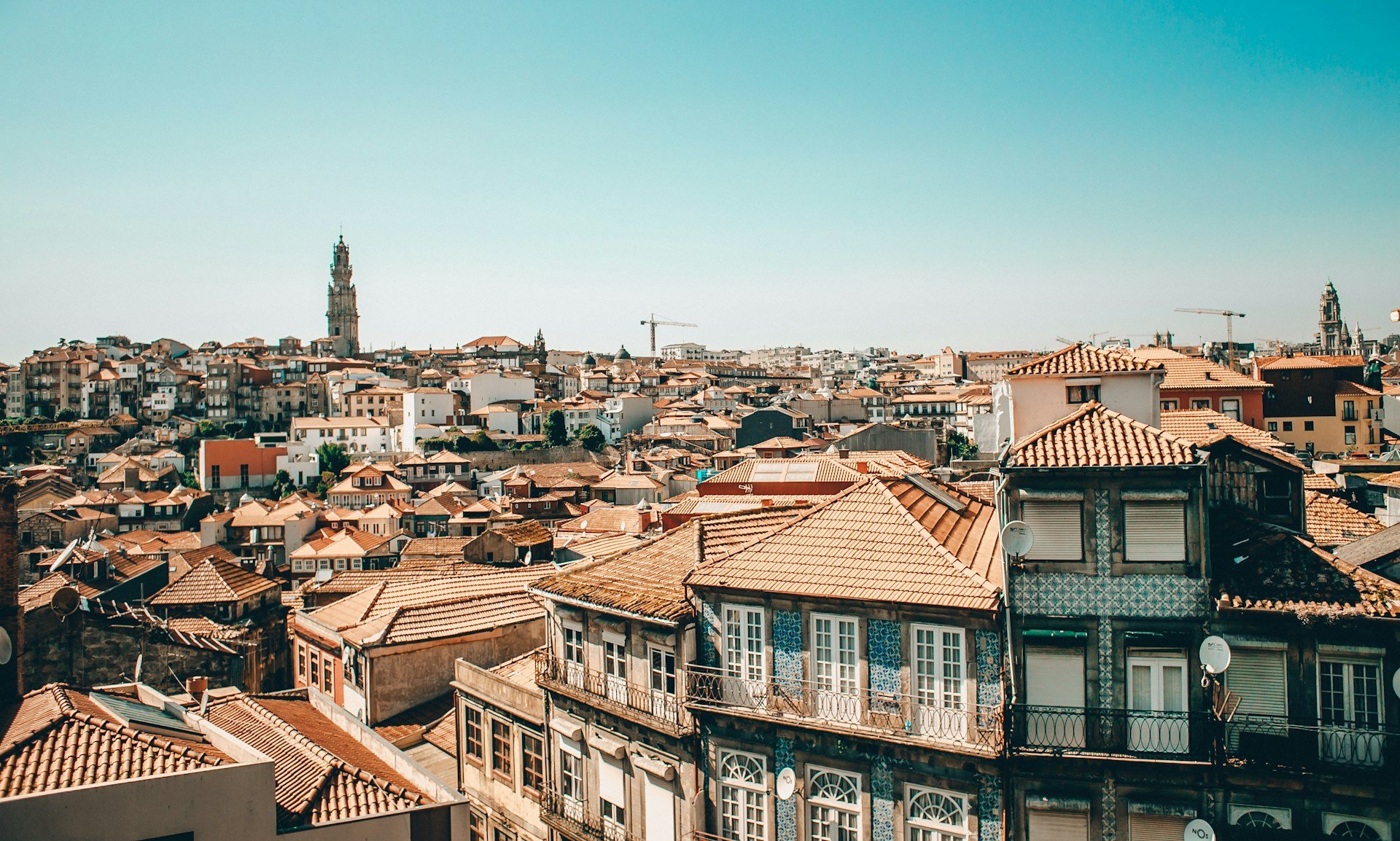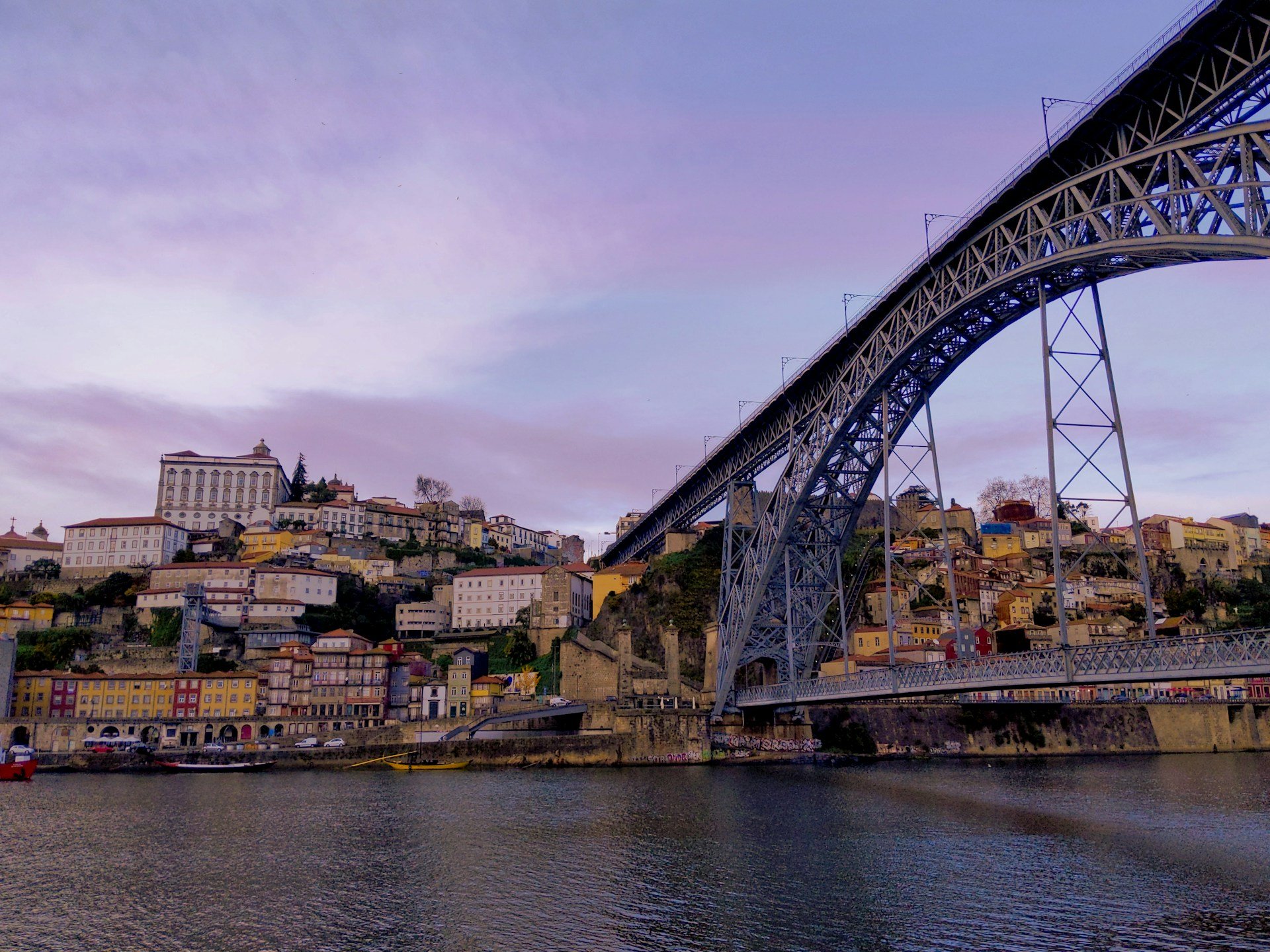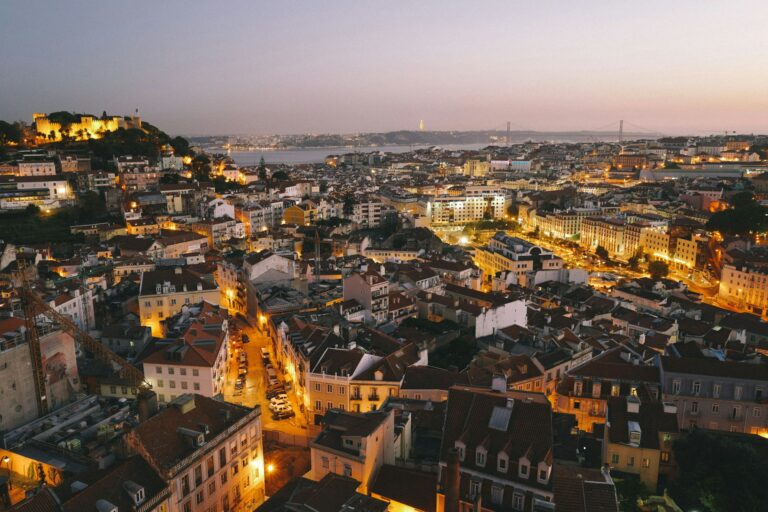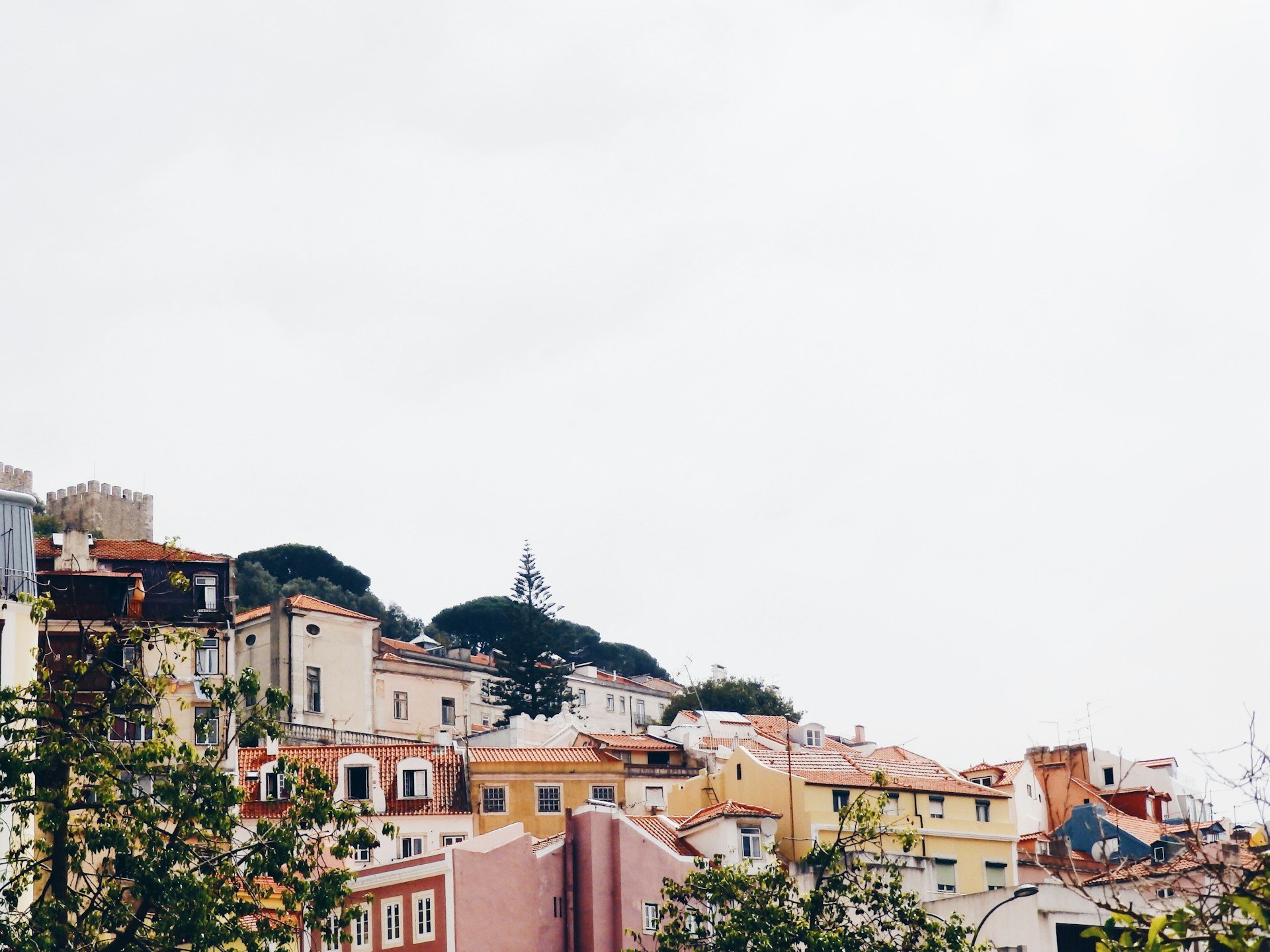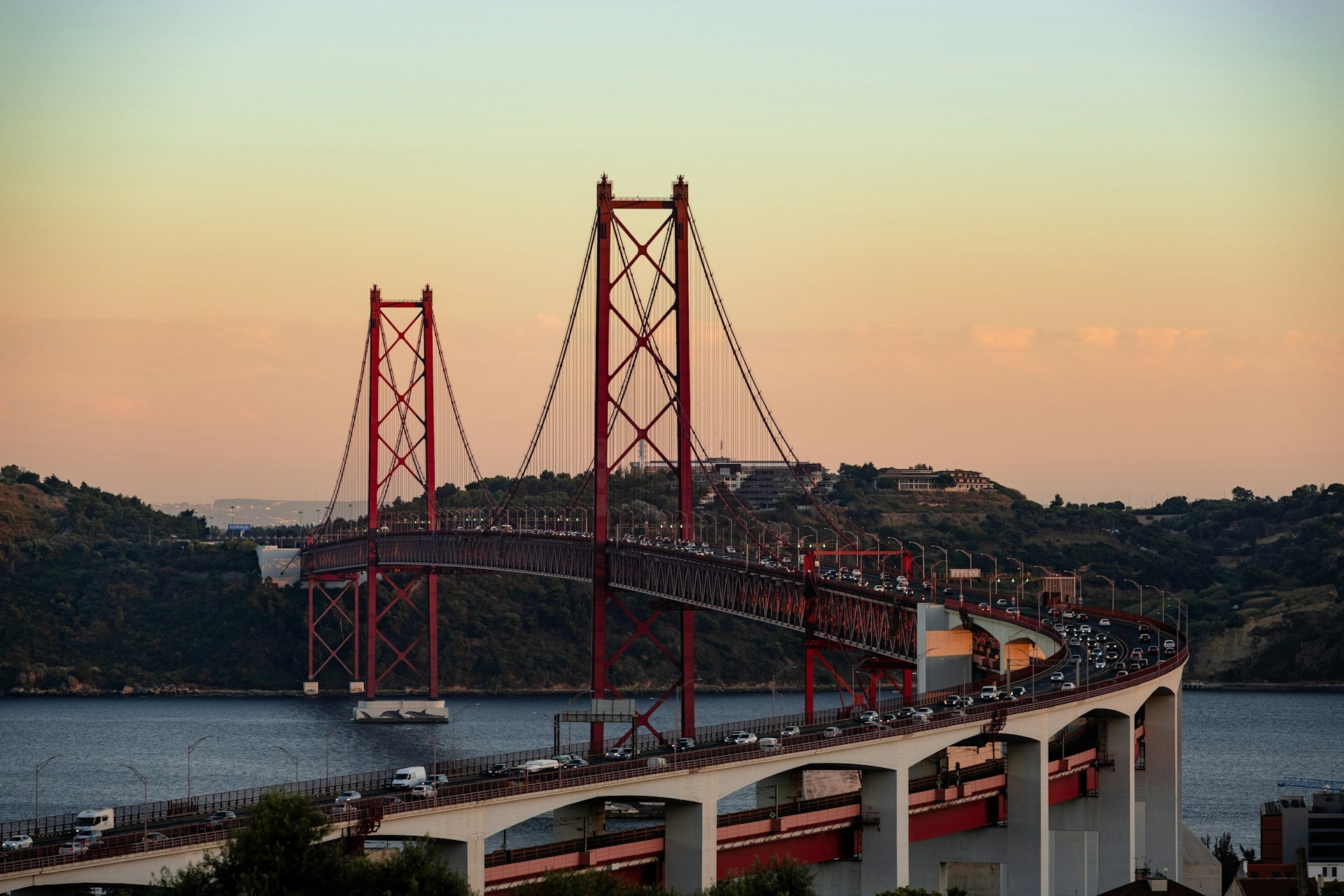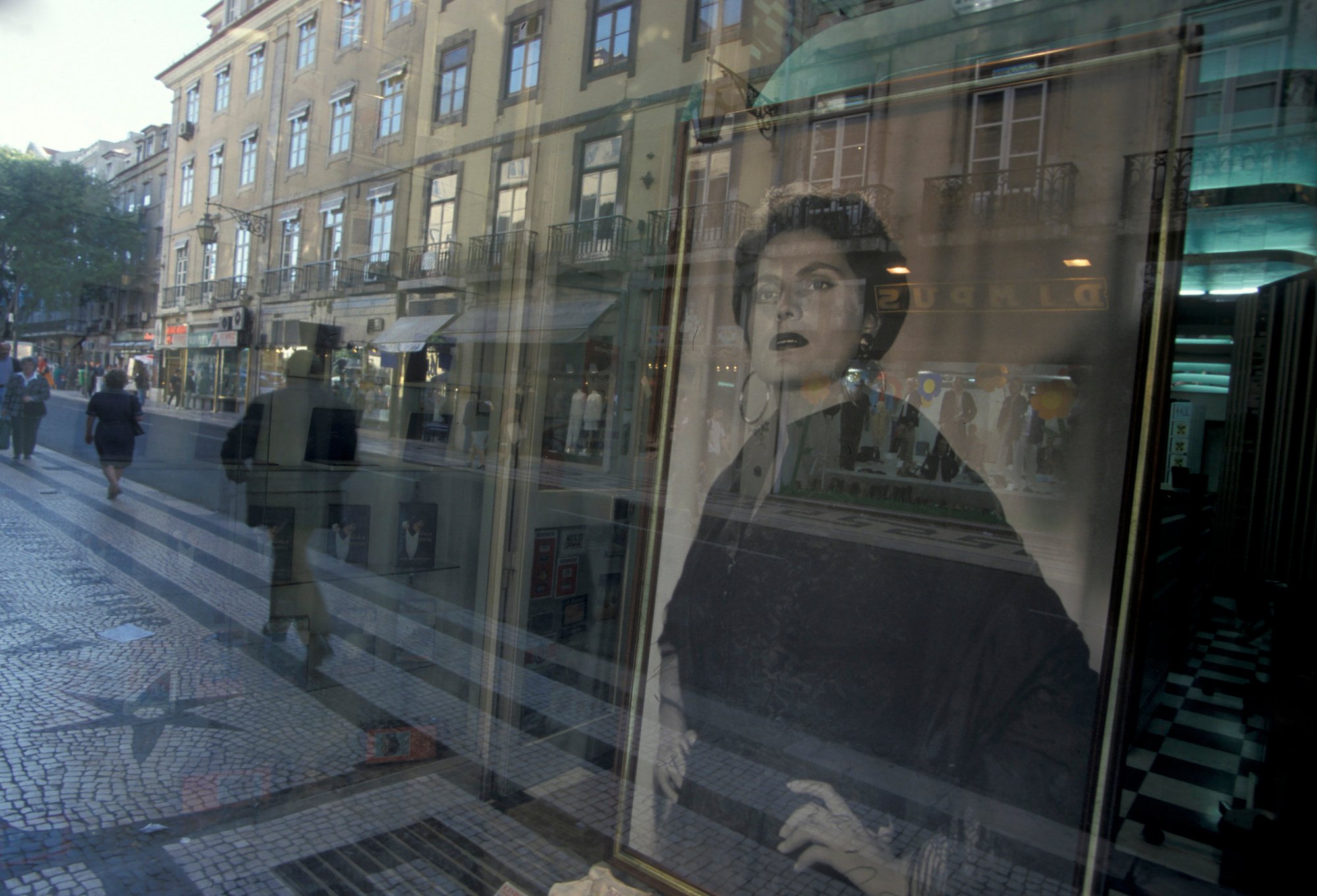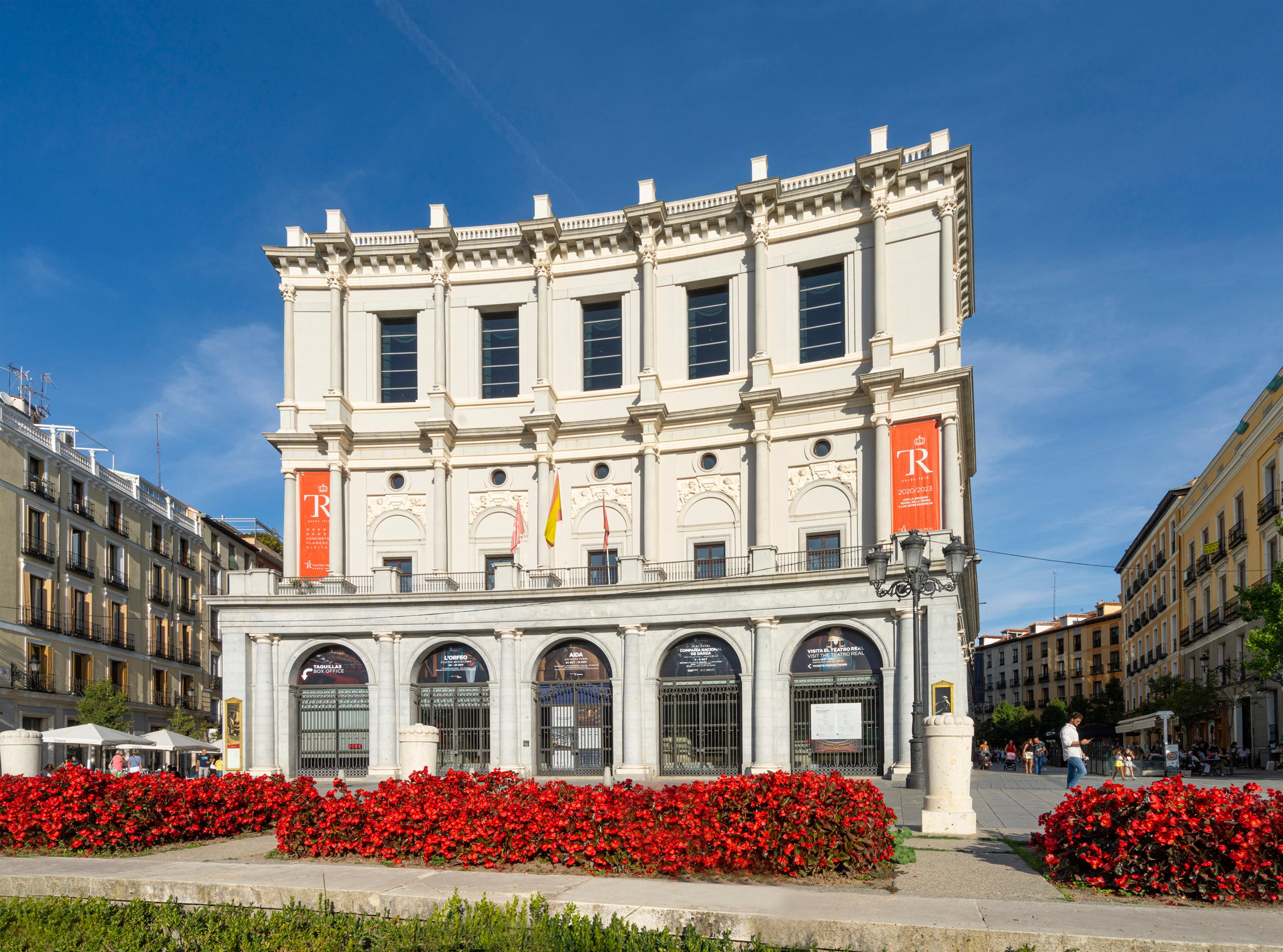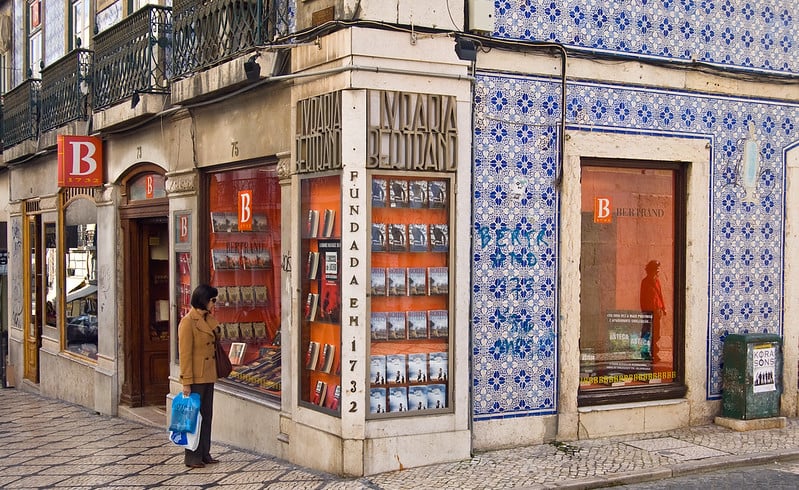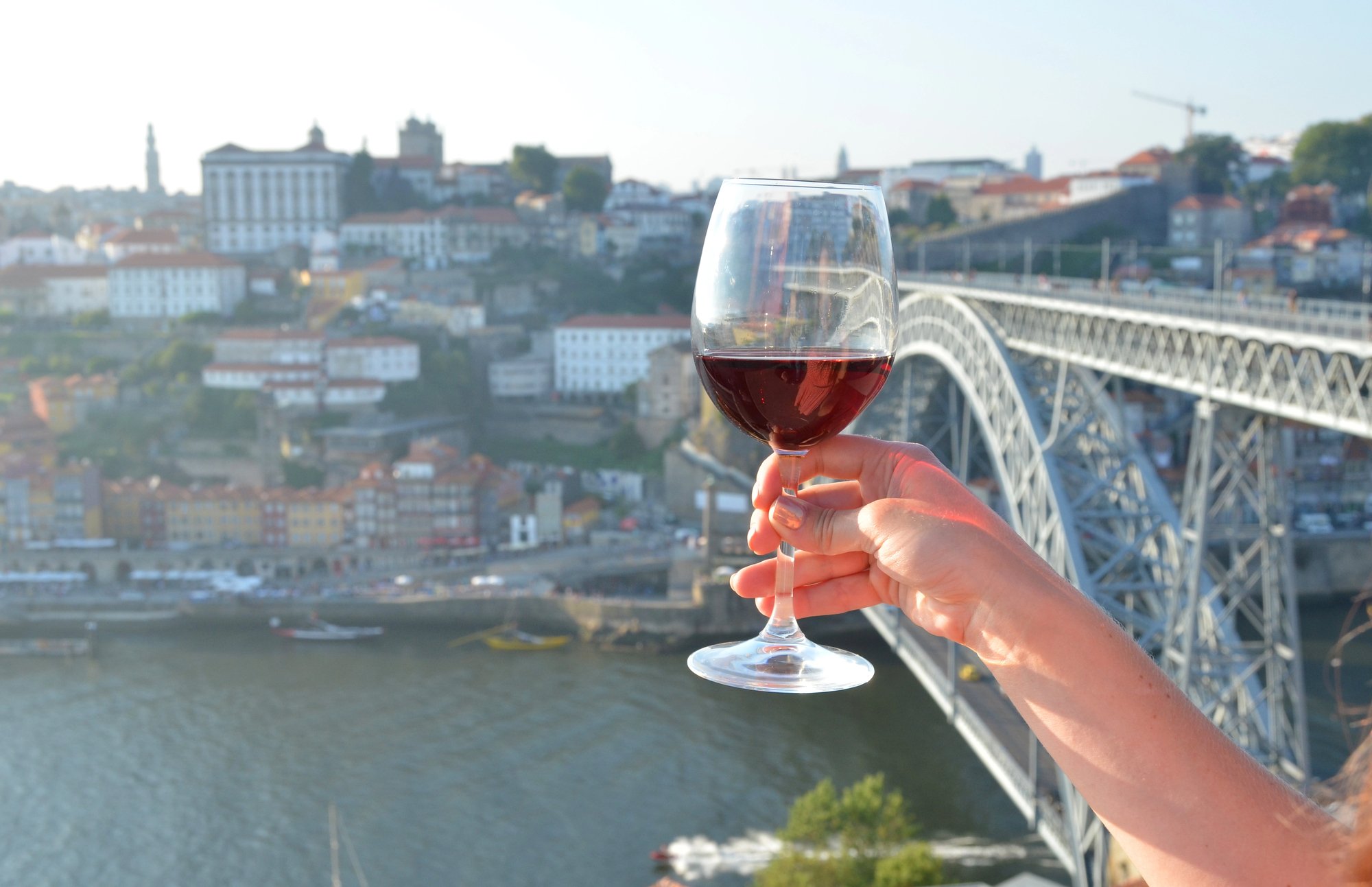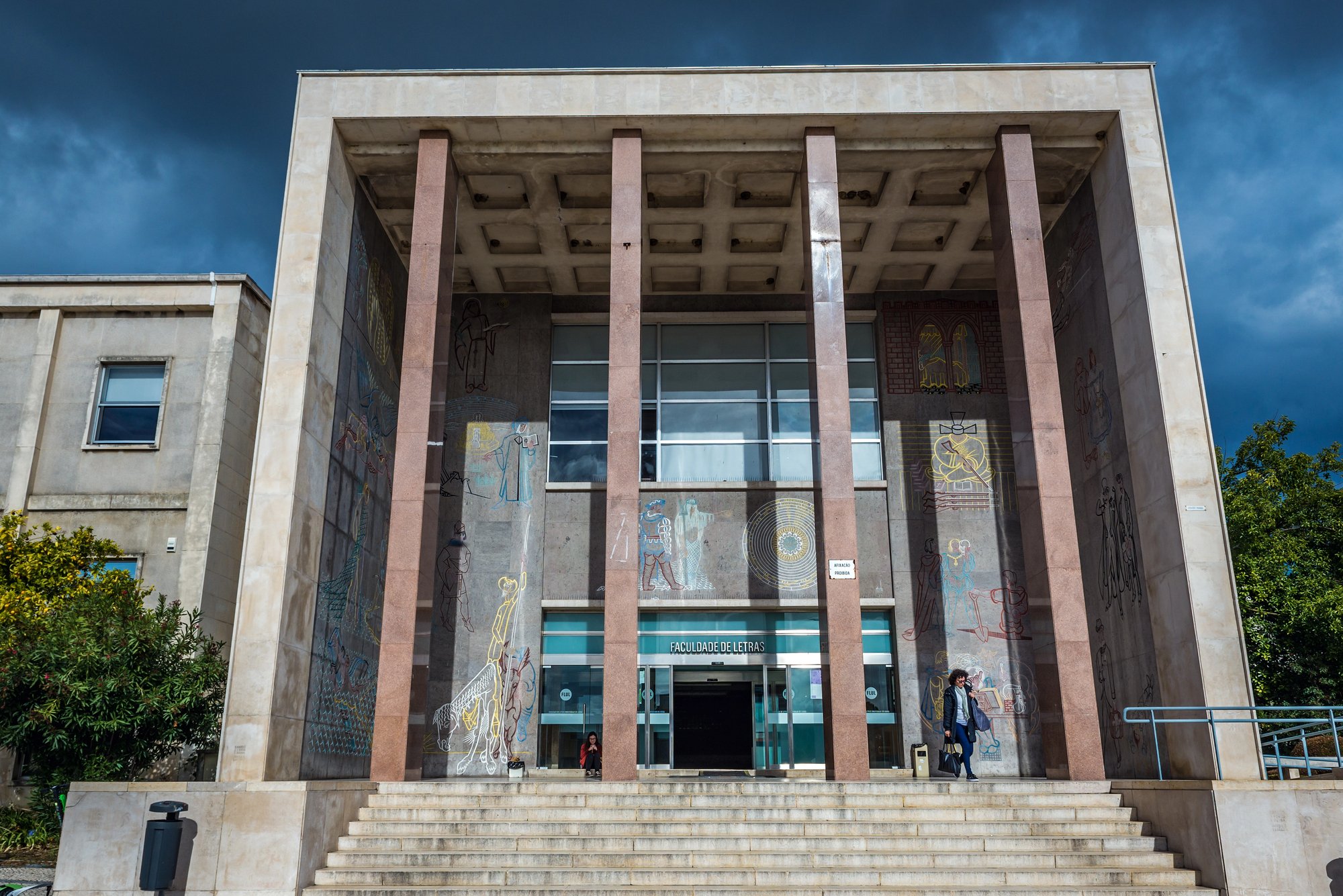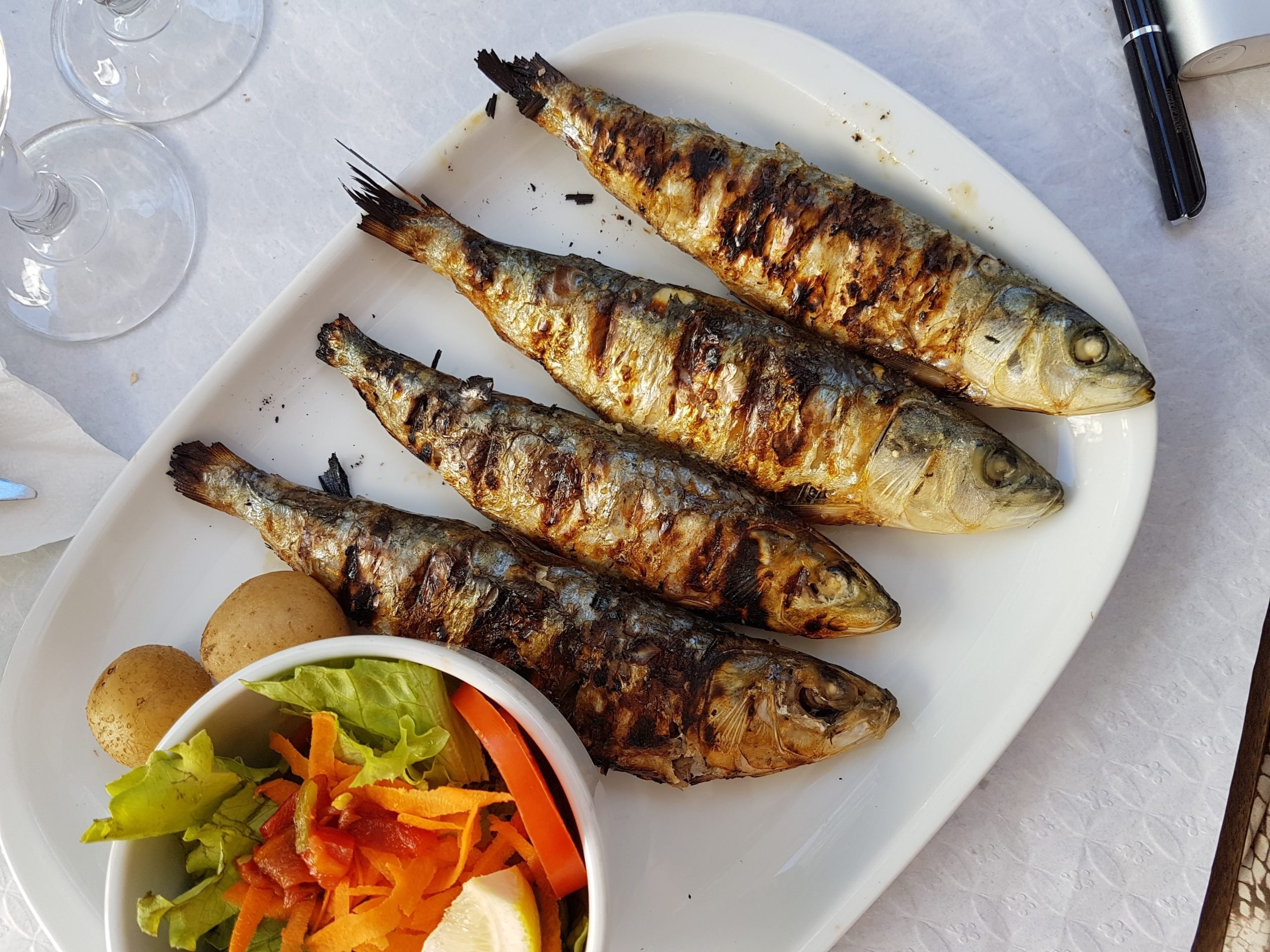It started, like all great screenplays, with a moment of dissatisfaction – and Madonna.
T. Gordon Stanley was working in California’s film and television industry, writing scripts, consulting on rewrites, working fourteen hour days in dark studios, and making documentaries. But something had shifted. “We were in our fifties,” Stanley recalled. “My partner Ron and I were asking, ‘What’s the third chapter of our life going to be?’ I’m a writer, so, of course, I think in acts.”

Thus, the search began for a place to begin Act III. (Hint: This is where Madonna comes in.) Ron and Gordon traveled to England, France, Italy, and Spain in 2022 – and ultimately ended up in Portugal. “I’d been coming to Portugal since 1991 when I worked on Madonna’s tour. She was performing in Vigo, Spain and I took a side trip to Portugal. That became one of the best trips I’d ever taken. Ron and I also spent a lot of time here in 2004. “But this time it just felt like coming home,” Stanley said. “It’s like California, but everything is 500 years old – and the people are chilled.”
Since arriving in Lisbon, Stanley has channeled his years in Hollywood and his love of story into something uniquely useful to the local creative community: he moved his screenwriting group, Scriptateria, to Lisbon.

Screenwriting Feedback Every Tuesday Night
Scriptateria meets every Tuesday night from 7–9pm in Central Lisbon. The name is a nod to one of Stanley’s favorite New York dance clubs from the 1980s called Danceteria, but it also reflects the group’s mission: “We’re writers helping writers. We wash their scripts. We launder them, so they come out squeaky clean and ready for production,” he laughed.
All joking aside, Scriptateria is no amateur hour. Stanley ran the group for eight years in Los Angeles before relocating it to Portugal. “I started it because I was tired of toxic writers’ groups. You know, the kind that turn into ego contests? Combative, insulting, big personalities, no workable feedback. Scriptateria is different. It’s simple: writers help writers.”
Each session begins with just two questions:
1. What did you like about the script?
2. How can we help this writer make it better?
That emphasis on constructive feedback is what draws so many to the group. Actors are always welcome. “Ultimately screenwriters write for actors,” Stanley emphasized. “So it’s vital to hear them read, hear how our words land, hear what feels authentic. Actors give our characters life.”

How It Works
Scriptateria’s Tuesdays are split between two alternating formats on alternating weeks. On two Tuesdays of each month, it’s about beginning a script. Writers bring in their first 10 to 30 pages of a feature, short, or pilot. “If your first 10 pages don’t work,” Stanley said, “stop writing. You’re wasting your time. That’s what studios do when they read a script. They toss your script if those first ten pages don’t hook them.”
The alternating Tuesdays are for scripts nearing completion – what Stanley calls the “finishing school” sessions. These nights focus on near-final drafts and are often the product of months of iteration and peer feedback. “By the time someone brings a script to the pro group, it’s in pretty damn good shape,” Stanley said, “and the feedback is nuanced, smart and generous.”
Occasionally, Scriptateria hosts public table reads at Chiado’s Tribe Social Club, with professional actors performing members’ scripts for a live audience. Visitors are welcome to attend – and often leave inspired to join.

Bringing the Portuguese and Expat Communities Together
Stanley estimates that about half of Scriptateria’s members are Portuguese, British, or American/Canadian, while the rest represent a rotating group of Angolan, Brazilian, Ukrainian, Colombian, and French storytellers, to name only a few. The group’s lingua franca is English, and Stanley encourages everyone to write in it. “The Portuguese industry is small. They do beautiful work, but if you want to reach an international market, English is the way.”
Still, he’s passionate about telling Portuguese stories. “I always ask: Can this be filmed in Portugal? Is there a Portuguese component? Characters? We live here. There’s a global spotlight on Portugal. There’s a rich history, gorgeous landscapes, spectacular architecture and incredible talent. Let’s build on it.”
He points to Hollywood’s immigrant roots as a reminder that the best stories often come from outsiders. “So many of the early directors and moguls were European or Latin American. They brought new perspectives to American stories. We can do the same here.”
Scriptateria’s Mission: Lift Up, Don’t Tear Down
Stanley’s approach is deliberately positive. “If a writer doesn’t hear what people like about their script, they think everything’s bad,” he explained. “It’s easy to nitpick, but that doesn’t help someone grow.” That’s why he structures each session to begin with praise and appreciation and then move into suggestions. Even then, feedback must be framed constructively.
Each contributor has a time limit (usually two minutes) to keep discussions to the point and avoid more aggressive personalities dominating the conversation. After the feedback round, the writer gets to ask their own questions.
Writers are encouraged to bring their scripts back for multiple rounds of feedback. Stanley adds, “There’s no pressure. You come when you’re ready. Some people bring ten pages one week, then the next time, thirty, and then a finished script to the pro group. In the meantime, they’re emailing each other, trading notes, staying in touch. It’s become a real community.”

Table Reads
One of Scriptateria’s most exciting offerings is its occasional table reads where professional and amateur actors read members’ scripts aloud. These reads often draw a mixed crowd of writers, entertainment professionals, performers, and curious Lisbon locals.
“Hearing your script read out loud changes everything,” Stanley said. “You immediately know what works and what doesn’t. If a line falls flat, you’ll feel it in the room.”
Actors benefit too. They get to try out roles, flex their muscles, showcase their skills and give valuable feedback to the writers.
And it’s Stanley’s hope to get these intriguing stories into production.

Writing Across Cultures
Although Scriptateria primarily operates in English, Stanley is inclusive of Lisbon’s multicultural community. “We’re residents of Portugal, so we champion stories that can be told here. And many of our writers—Portuguese included—are eager to explore international themes in English.”
He notes that the local film industry is rich in talent but limited in reach. “There’s ten million people in Portugal. Brazil has 150 million, and they don’t always watch Portuguese films. So if you’re writing in Portuguese, your audience is smaller unless you hit something that crosses over.”
One Portuguese producer confided to him that she wondered how her film might have performed if it had been made in English. “Netflix is buying Portuguese content, sure, but there’s still a gap in international exposure. We help fill that space by telling authentic stories in a global language.”
Looking back, T. Gordon Stanley’s move to Lisbon seems inevitable. “It just felt like home,” he repeated. “This is where we want to be, where I belong. It’s beautiful, it’s creative, it’s alive.”
How to Join Scriptateria
As far as Stanley knows, Scriptateria is the only English-speaking screenwriters group in Lisbon and quite possibly in Portugal. If you’d like to join, Stanley encourages you to start reading the scripts of your favorite movies. Read how the dialogue works. The action too. See how a story is structured and then come join the group. Sit in. Listen. Read some lines aloud and get a feel for it. The next step would then be to bring your first 10 pages of your first script and get feedback from the group. That’s how it works!
Meeting Time
Every Tuesday from 7:00pm to 9:00pm
Meeting Schedule – Go to the Meetup App and type in Scriptateria and Lisbon/Lisboa in the search function or DM @scriptateria on their new Instagram site.
Two Tuesdays per month – “10-page night” for newer scripts, script openings, or shorts
Two Tuesdays per month – Pro Group for polished, near-production-ready scripts
Six to Eight times a year – Table reads with professional actors at Tribe Social Club, Chiado. (check in advance)
All scripts are read and critiqued in English. Portuguese writers are encouraged to join and write in English. Writers of all backgrounds are welcome.
Scriptateria Writers’ Group is an affiliate of Filmmaking Lisboa, a professional film community, agency and production company.




